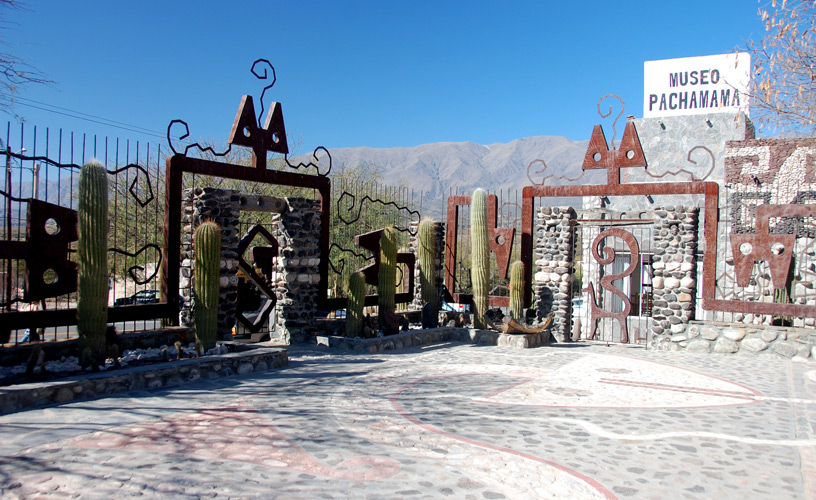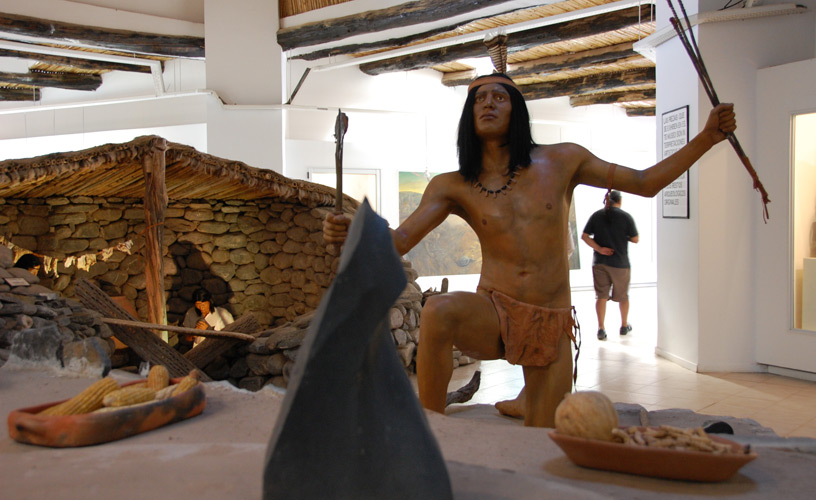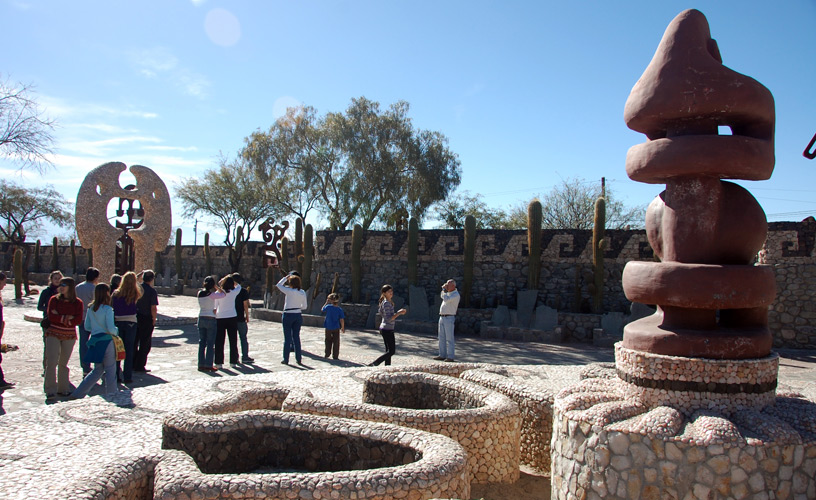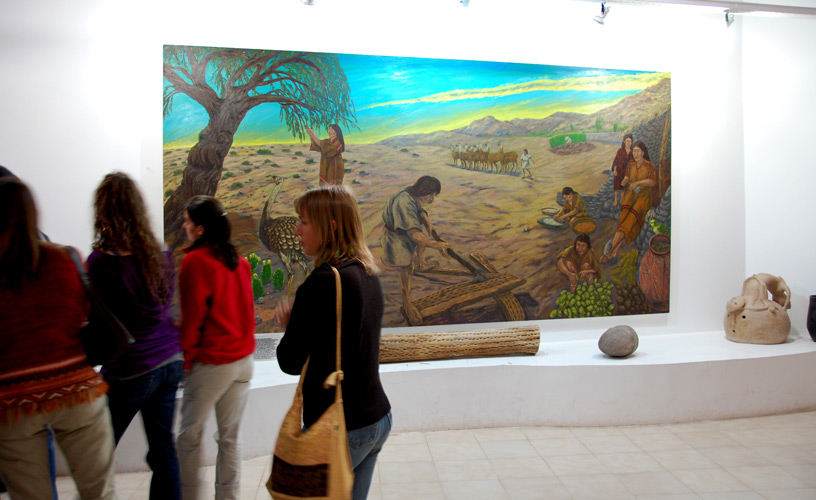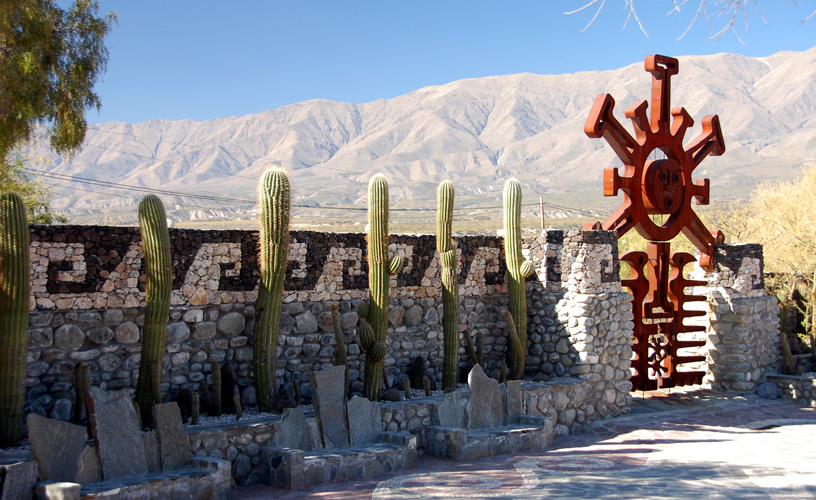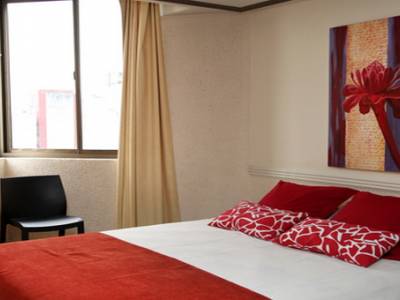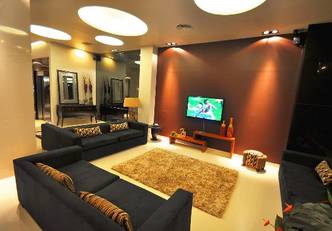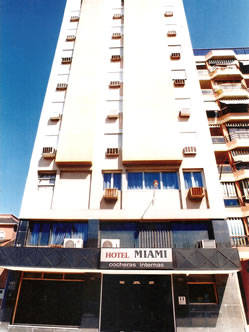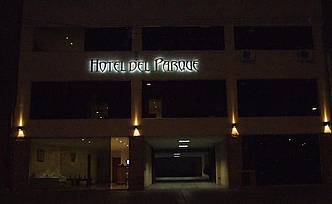The Pachamama Museum in Amaicha del Valle is a synopsis of imagination and effort by a group of scholars that have valued the life of the natives and their descendants.
A Unique Look
We came all the way from San Miguel de Tucumán following Route 307 after 164 kilometers across the Calchaquí Valleys and their changing nature. Upon reaching Amaicha del Valle, it is impossible to miss it as it lies on the road itself and its size and color impress from a distance, nestled in a high area from where the town may be seen, on the riverbank.
The museum features a good outline and is focused on all the aspects of the aboriginal culture. It is made up of two geology and anthropology rooms, and other two rooms where tapestries, paintings and sculptures are displayed. The large backyard features huge statues made of stone and representing divinities worshipping Pachamama, accompanied by local cardons and cacti.
A Museum for Pachamama in Amaicha del Valle
We could enjoy the sense of this great show with the help of a guided tour that provided us information about geological aspects in a giant scale model that shows the formation of the Calchaquí Valleys.
Modus vivendi
As we entered the second room, we were told that there were few original pieces and that we would see almost exact replicas of the elements used daily by this people who dwelled in this great valley since the days before the Christian era began. Thus, we began to understand the routine and beliefs of the Condorhuasi culture. Animals such as guanacos, vicuñas and partridges would serve both as food and as clothing and footwear.
Corn and the algarroba fruit would be crushed in stone mortars. They used the conana, two small flat stones, to make flour. They also made alcoholic drinks from those fruit: chicha and aloja. This habit still remains. Potato, beans and corn were harvested by using tools made of stone.
Beliefs, Religiousness and Mystique
Funerary art is present through artistic manifestations made in stone. Evidence of this is given by abstract religious figures known as los suplicantes. We learned about worship to the dead as we saw the vessels in which they were buried, the masks, and particularly, about the sense of continuity of life after the physical disappearance of the person.
Another formation made of overlapped rocks that give shape to an altar, known as apacheta, speaks about monuments made by the aborigines to leave offerings for Pachamama as they begged for health, food and success in their advance towards other lands because they were nomadic.
Some designs found in pots as well as in cave paintings have been reproduced in large size in the backyard. A sculpture represents the two-headed snake of the awada culture. Also, the figure of pregnant Pachamama can be observed. Great figures show Inti -the Sun- and the Moon.
Various phases of the moon, the chamán or witch doctor of the diaguita tribe and several Inca patterns give testimony of the great diversity of Pre-Columbian culture. We learned that Viracocha was the most worshipped Inca god, creator of the world. Afterwards, he adopted several names in the different cultures.
Festivals and Celebrations
The entire area of Amaicha del Valle is devoted to the celebration of Pachamama. Every year in February, along with Carnival, the National Pachamama Festival is celebrated. Offerings are made and the eldest lady in the community is honored. The festivities last for five days and are open to visitors from all around.
August is the month devoted to the worship of mother Earth and the traditional offering to Pachamama by the descendants of the aborigines is carried out on the first day of the month.
The museum contains maps and paintings that show clearly which period corresponds to which culture. This is a private entity and it was organized by plastic artist Héctor Cruz. The greatest strength of this visit is that it awakes interest in each visitor so that they feel willing to find out more about these cultures. That is what this tour is about.
Mónica Pons
Eduardo Epifanio
Contact of the excursion or tour
Museo de la Pachamama
Entrada a Amaicha del Valle, Tafí del Valle, Tucumán, Agentina
Phone: +54 3892-421075
Ferro Turismo
B. Mitre 1905 - Salta, San Miguel de Tucumán, Tucumán, Agentina
Phone: +54 387-4315816
